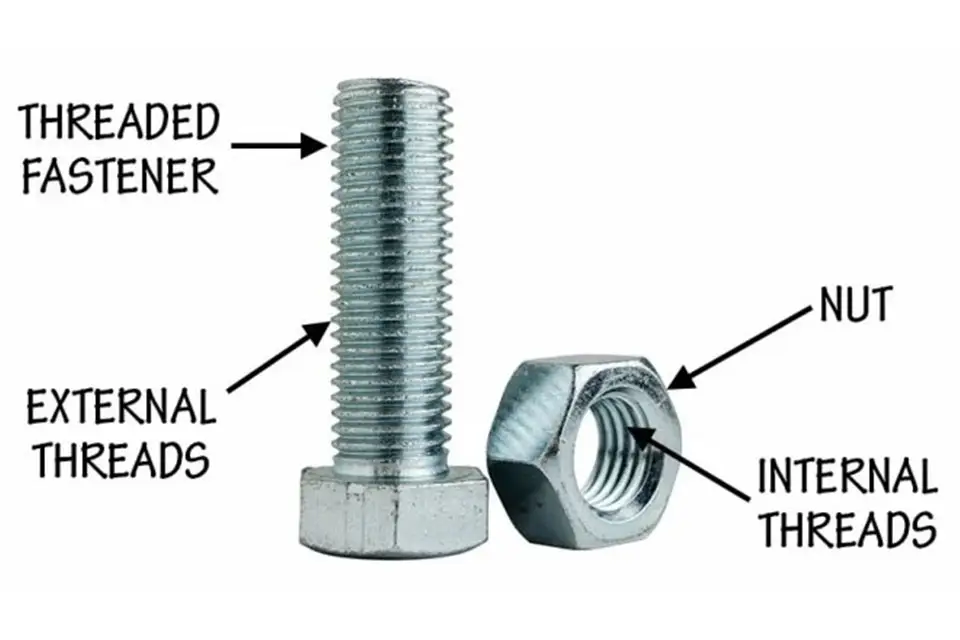Gears are thought to be one of the oldest components known to humankind. Early examples of gears trace back to the fourth century BC in China. Since then, gears have been used extensively for the transmission of power. They find application in almost all modern machinery. To meet the strenuous service conditions, gears should have robust construction, reliable performance, high efficiency, and long life. Also, gears should be fatigue and stress free to avoid failure which could lead to disastrous conditions. To meet all these conditions, the process of gear manufacturing has become a highly specialized field. It is one of the most complicated metal cutting processes.
Depending upon the requirements, materials used to produce gears may vary. Some could be made of steel, which is the most common material and others of non-ferrous materials – like plastics and composites.
Cast Iron – Manufacturing of gears due to its good wearing properties. Ease of producing complicated shapes by casting method. Employed where smooth action is not important.
Steel – Used for high strength gears. Steel gears are usually heat treated in order to combine properly the toughness and tooth hardness.
Bronze – reduce wear of the gears which will be excessive with Cast iron or steel.
The materials used in the production of gears are generally steel, which is the most common material and other non-ferrous materials like plastics and composites. Depending on the design requirements, the gear material used should have the following properties:
- High tensile strength to prevent failure against static loads
- High endurance strength to withstand dynamic loads
- Low coefficient of friction
- Good manufacturability
Gears can be manufactured by a variety of processes, including casting, forging, extrusion, powder metallurgy, and blanking. Of these, machining is the most common manufacturing method used. Gear machining is further classified into two categories: gear generating and gear form-cutting.
Gear generating

Most cut gears produced in big numbers are made on machines that utilize the gear-generating method. This method involves gear cutting through the relative motion of a rotating cutting tool and the generating, or rotational, motion of the workpiece. The two primary generating processes are hobbing and shaping.
Hobbing uses a helically-fluted cutting tool called a hob. Both the hob and the workpiece rotate as the hob is fed axially across the gear blank. Hobbing is limited to producing external gear teeth on spur and helical gears. Hobbing can be performed on a single gear blank, but also allows for stacking of multiple workpieces, increasing production rates.
Shaping produces gears by rotating the workpiece in contact with a reciprocating cutting tool. The cutter may be pinion shaped, a multi-tooth rack-shaped cutter, or a single-point cutting tool.
Gear form-cutting
Uses formed cutting tools that have the actual shape, or profile, desired in the finished gear. The two primary form-cutting methods are broaching and milling.

Broaching is the fastest method of machining gears and is performed using a multi-tooth cutting tool called a broach. Each tooth on the broach is generally higher than the preceding tooth. As a result, the depth of cut increases with each tooth as the broaching operation progresses. Broaching is typically used to produce internal gear teeth. External teeth can be broached using “pot broaching”. In this process a hollow broaching tool, called the pot, is used to cut the gear teeth.
Milling is a basic machining process which uses the relative motion between a rotating, multi-edge cutter and a workpiece to cut individual gear teeth. A variation of the process, called “gashing”, is used to produce large, coarsepitch gears. Gashing is used on heavy-duty milling machines and involves plunging the rotating cutter into a blank for rapid metal removal.
Gear finishing
After gears have been manufactured, they require a number of finishing operations. which include heat treatment and final dimensional and surface finishing. This finishing can be accomplished using:
Shaving – Shaving is performed with a cutter having the exact shape of the finished gear tooth. Only small amounts of material are removed by a rolling and reciprocating action. The process is fast but generally expensive due to the cost of machinery and tooling. Shaving is typically performed prior to heat treatment.
Grinding – Grinding sometimes serves as an initial gear production process, but is most often employed for gear finishing. Grinding is classified as either form grinding or involute-generation grinding. Form grinding uses wheels having the exact shape of the tooth spacing. Involute-generation grinding refers to a grinding wheel or wheels used to finish the gear tooth by axially rotating the workpiece while it is reciprocated in an angular direction, which in turn is determined by the type of gear being finished. This type of grinding is performed either intermittently or continuously.
Honing – Honing involves the meshing of the gear teeth in a cross axis relationship with a plastic, abrasive impregnated gear shaped tool. The tool traverses the tooth surface in a back and forth movement parallel to the workpiece axis. Honing polishes the gear tooth surface and can be used to correct minor errors in gear tooth geometry.
To learn more about THORS eLearning Solutions courses, request a demo below.



